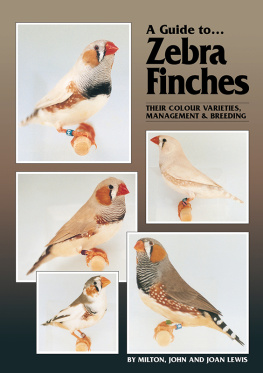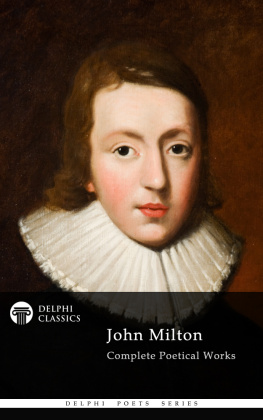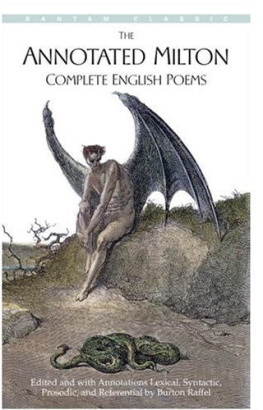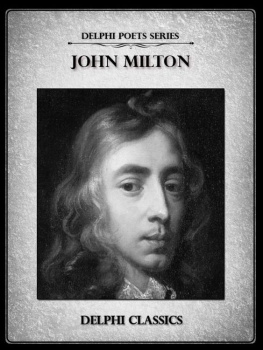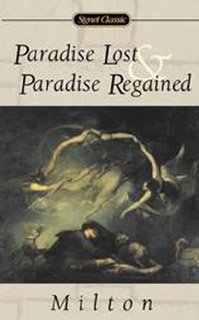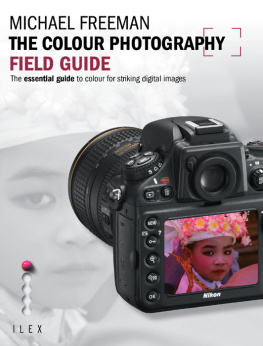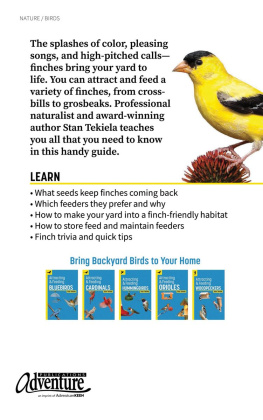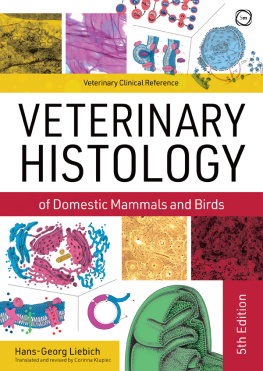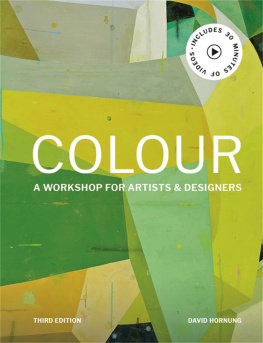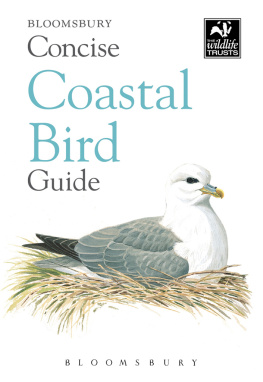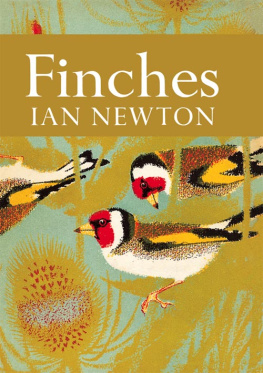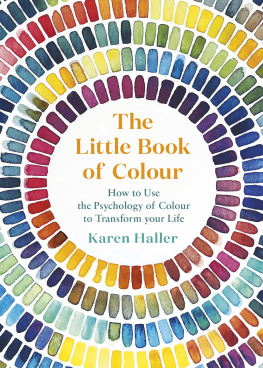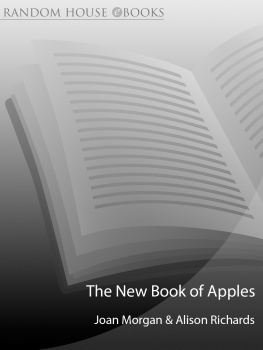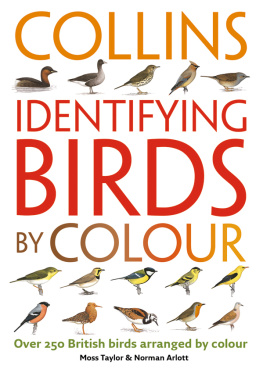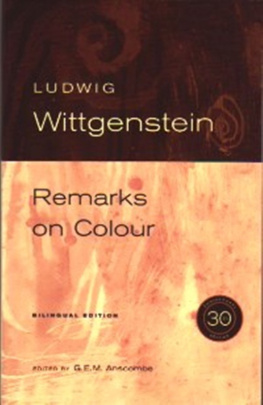A Guide to
Zebra Finches
THEIR COLOUR VARIETIES, MANAGEMENT & BREEDING
By Milton, John and Joan Lewis
2000 ABK Publications
All rights reserved. No part of this publication may be reproduced, stored in any retrieval system, or transmitted in any form or by any means without the prior permission in writing of the publisher.
First Published 2000 by
ABK Publications
PO Box 2330 Burleigh BC
Queensland 4220
Australia
www.birdkeeper.com.au
ISBN 978-0-9587102-8-2
Front Cover:
Top left: Marked White Zebra Finch cock.
Centre left: Fawn Zebra Finch cock.
Centre right: Cream-backed Zebra Finch cock.
Bottom left: Normal Pied Zebra Finch cock.
Bottom right: Normal Grey Zebra Finch cock.
Back Cover: Australian Isabel Zebra Finch cock.
All photographs by or supplied by Milton & John Lewis except where shown.
All paintings by Joan Lewis.
CONTENTS
ABOUT THE AUTHORS
Milton Lewis
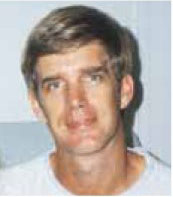
Milton Lewis was born into birds, and from a very early age has had a strong fascination and interest in all aspects of aviculture and ornithology, from breeding and exhibiting finches and canaries to making the study of birds his lifes work. The science behind birds is what drives him, and is a major reason for the comprehensive nature of this book. A PhD study on the breeding biology and ecology of the Golden-headed Cisticola Cisticola exilis in Townsville, Queensland followed by his current position as Senior Wildlife Officer for the Gouldian Finch Recovery Project for the Parks and Wildlife Commission in Katherine, Northern Territory has seen this interest (or should we say passion?) continue. The keeping of finches at home (wherever that is at the time) plays a large role in Miltons life, and has been passed on to him from his father, with whom he used to keep, breed and exhibit caged birds before leaving home to pursue his career in science.
Miltons family support him in his endeavours, and have even been known to get up at the crack of dawn with him, drive many kilometres over rough bush tracks, and help band birds before declaring, yet again, that this will not happen again!
John Lewis
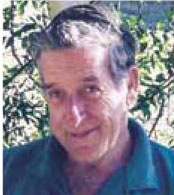
John Lewis has been involved with birds for a great part of his life including many years working voluntarily as a bird bander with John McKean of the CSIRO. While doing this he observed large numbers of Zebra Finches throughout Australia. He was president of the Canberra Bird Fanciers Society for some years before he was presented with life membership. He was a tireless worker when it came to organising annual exhibitions.
John has bred and exhibited Zebra Finches for many years. He counts as his most memorable effort in Zebra Finch showing, the award of Champion Old Zebra Finch at the Nationals in Newcastle, New South Wales, but feels his greatest breeding achievements were with Marked Whites during the early 1980s. His first birds of this variety were obtained many years earlier when he purchased two birds from David Burnett of Sydney, New South Wales in 1959. One was a Normal cock, the other a White hen with fawn markings. He paired these two birds and three years later bred the Marked White mutation. This was the beginning of his fascination with the variety. Through a series of perhaps fortuitous events he then obtained Marked Whites from Bruce Read and Harold Fryer, and then several excellent cocks from a breeder in Tamworth, New South Wales. Some of these cocks were bred with Marked White hens, but the most success was obtained when the cocks were bred with Grey hens from Mr Rod Ordish of Canberra, ACT. Later, this line was combined with a stylish Black-face cock from Gordon Coulter. Cocks and hens from this strain won major awards throughout New South Wales, but sadly, the line was lost in 1994 when the birds were stolen from his aviaries. Even with this setback, John has continued to pursue the breeding of Zebra Finches and in particular Marked Whites. At the same time he breeds, exhibits and judges several varieties of canaries, foreign and Australian finches and parrots.
Joan Lewis
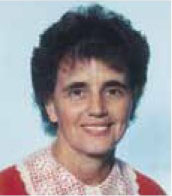
Joan Lewis has been painting birds since the early 1960s. Her first attempt, at the request of her husband John, was of an unusual hybrid finch purchased in Melbourne. During the next 20 years Joan taught herself to paint Australian birds with the encouragement of her family and long time friend John McKean. She was later introduced to Dr Richard Schodde and Ian Mason at the CSIRO Division of Wildlife and Ecology. Both these people provided valuable criticism of her work, resulting in two of her paintings being hung in the Divisions gallery.
Joan, in partnership with her husband, has visited numerous bird shows and has acquired a wealth of knowledge which has been of great value to her as a bird artist. In producing the paintings for the Zebra Finch they have spent many hours travelling throughout Australia and visiting other enthusiasts in the search for as much information as possible on all the Australian colour varieties of this species.
She has exhibited at numerous art shows throughout New South Wales and other states. A recent work depicting Kookaburras received an award at the Shoalhaven Art Exhibition, and many of her paintings have been purchased by both local and overseas devotees of wildlife art.
ACKNOWLEDGEMENTS
During the course of exhibiting and breeding birds, information is gleaned from many sources. It is impossible to thank all those people, but there are a few who stand out amongst the crowd. These are people who, in particular, viewed the breeding of exhibition quality birds from unique perspectives. From the Canary world we would like to acknowledge both Don Swavley and the late Harry Smith for their instruction on conformation and balance. From the Zebra Finch community we thank the late Bruce Read and the late Gordon Coulter. For his ability to present birds in perfect show condition we thank our friend Don Price.
There are numerous people to thank for providing details about the history of various Australian colour forms of Zebra Finch. Special thanks are due to the late Greg Carey for his information on the Red Zeb, as was his way of referring to this unique new variety. We also acknowledge the late Rod Pearce, and later his son, Des Pearce who provided invaluable information on the development of the Western Australian Fancy Form. We are also thankful for advice on the same variety from Bill Hepton. The Queensland Isabel information was received with thanks from Ellis Thornley, as was information about the historical background for the Black-face Zebra Finch from Angus Martin. Other important contributions were made by Bruce Hockley, Bruce Whiting and Gilbert Bunn. For many years Roy Pinch kept good accounts about the origins of many varieties, which provided us with a good basis from which to search for further details.
Again there are many people to thank for reviewing our interpretations of the colour standards. Firstly, we would like to thank the various Zebra Finch societies. These include the Lake Macquarie Zebra Finch Society Inc., the South Australian Zebra Finch Club (now disbanded), the Western Australian Zebra Finch Society and the Zebra Finch Society of Australia Inc. Members of these societies who deserve particular mention are Don Price, Bruce Whiting, Ken Glasson, Anthony Stone and Gilbert Bunn.
Next page
